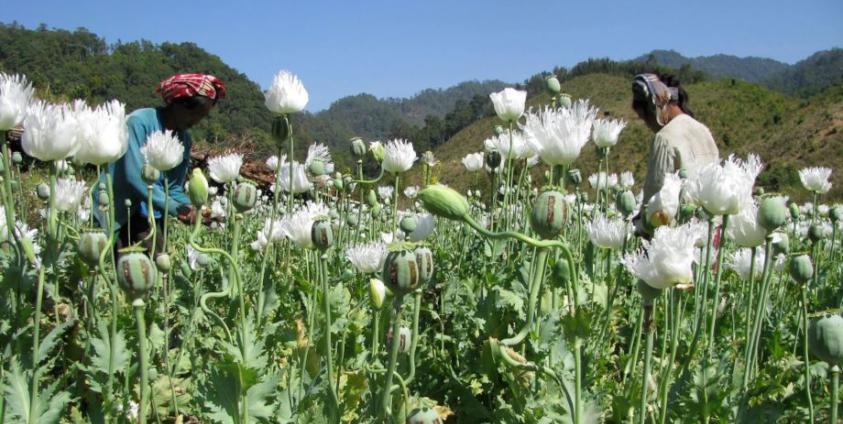Myanmar's opium production, which had been on the decline for about 7 years, has now rebounded significantly, according to a report of the United Nations (UN).
In 2021, when the Junta staged the coup, opium production was only 423 metric tons, but in 2022, it doubled to 795 metric tons.
The UN believes that the increase in opium production is due to the country's economic crisis, lack of security, as well as the global rise in the price of opium resin, which is needed to produce heroin.
The military coup plunged Myanmar into a bloody civil war, and the conflict has not stopped until now.
After the military coup, the economic, security and administrative sectors collapsed, and farmers in remote areas (especially the border areas of northern Shan State) had no choice but to return to poppy cultivation, Jeremy Douglas, regional representative of the United Nations Office on Drugs and Crime, said.
According to the report released by UN on Thursday, internal and external impacts on Myanmar's economy, political instability and rising commodity prices in 2022 pushed farmers to the incentives that poppy cultivation would provide.
Myanmar is the second largest producer of opium in the world after Afghanistan. These two countries are also the main sources of all the heroin sold around the world. Myanmar's opium economy is valued at up to 2-billion dollars, based on UN estimates.







